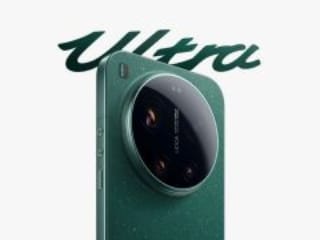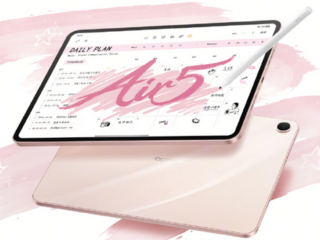- Home
- Mobiles
- Mobiles News
- Nokia 130 and Nokia 130 Dual SIM Feature Phones Launched
Nokia 130 and Nokia 130 Dual SIM Feature Phones Launched

Other than the different number of SIM card slots supported by the Nokia 130 and Nokia 130 Dual SIM, both models come with identical specifications and run Nokia OS Series 30+ out-of-the-box. The smartphones feature a 1.8-inch QQVGA (128x168 pixels) 16-bit LCD colour display that offers 114ppi.
The 1020mAh battery capacity for Nokia 130 and Nokia 130 Dual SIM offers standby time of up to 36 days and 26 days respectively. With physical keypad and 4-way navigation key, as well as a flashlight, both Nokia 130 phones come with built-in video player, MP3 player and FM radio.
The phone additionally supports storage expansion up to 32GB via microSD card. While both Nokia 130 and Nokia 130 Dual SIM measure 106x45.5x13.9 mm, they weigh 68.6 grams and 67.9 grams respectively. Connectivity options for Nokia 130 phones include 2G network support, Bluetooth 3.0 (with Nokia's Slam technology) and Micro-USB for connection and charging.
The launch of the new basic phones come as a surprise to us, as last month only, the Redmond giant along with the discontinuation of the Nokia X series of Android smartphones announced its decision to abandon Nokia's Asha and Series 40 phones.
However, the company now seems to have different approach towards Nokia's feature phones, as Jo Harlow, Corporate Vice President of Microsoft Devices Group, speaking to Recode said that the company is committed to this part of the business for the long term. With the Internet-connected phones like Nokia 130 and Nokia 130 Dual SIM, Harlow suggests that the company can utilise and introduce services like Bing and OneDrive to more customers.
"Microsoft doesn't have any other project that can reach these consumers," Harlow said. "These consumers will create a Microsoft account and become part of the Microsoft ecosystem."Get your daily dose of tech news, reviews, and insights, in under 80 characters on Gadgets 360 Turbo. Connect with fellow tech lovers on our Forum. Follow us on X, Facebook, WhatsApp, Threads and Google News for instant updates. Catch all the action on our YouTube channel.
Related Stories
- Samsung Galaxy Unpacked 2025
- ChatGPT
- Redmi Note 14 Pro+
- iPhone 16
- Apple Vision Pro
- Oneplus 12
- OnePlus Nord CE 3 Lite 5G
- iPhone 13
- Xiaomi 14 Pro
- Oppo Find N3
- Tecno Spark Go (2023)
- Realme V30
- Best Phones Under 25000
- Samsung Galaxy S24 Series
- Cryptocurrency
- iQoo 12
- Samsung Galaxy S24 Ultra
- Giottus
- Samsung Galaxy Z Flip 5
- Apple 'Scary Fast'
- Housefull 5
- GoPro Hero 12 Black Review
- Invincible Season 2
- JioGlass
- HD Ready TV
- Laptop Under 50000
- Smartwatch Under 10000
- Latest Mobile Phones
- Compare Phones
- Xiaomi 17 Ultra Leica Edition
- Xiaomi 17 Ultra
- Huawei Nova 15
- Huawei Nova 15 Pro
- Huawei Nova 15 Ultra
- OnePlus 15R
- Realme Narzo 90x 5G
- Realme Narzo 90 5G
- Asus ProArt P16
- MacBook Pro 14-inch (M5, 2025)
- OPPO Pad Air 5
- Huawei MatePad 11.5 (2026)
- Huawei Watch 10th Anniversary Edition
- OnePlus Watch Lite
- Acerpure Nitro Z Series 100-inch QLED TV
- Samsung 43 Inch LED Ultra HD (4K) Smart TV (UA43UE81AFULXL)
- Asus ROG Ally
- Nintendo Switch Lite
- Haier 1.6 Ton 5 Star Inverter Split AC (HSU19G-MZAID5BN-INV)
- Haier 1.6 Ton 5 Star Inverter Split AC (HSU19G-MZAIM5BN-INV)



















